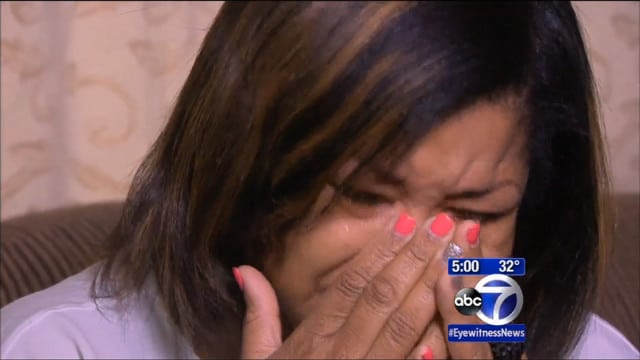
On Monday, Keisha McGregor who drives a bus for NICE, Nassau Intercounty Express on Long Island, NY was attacked by a passenger who missed their local stop on account of not realizing the bus was going express.
At the time the passenger threw a water bottle at Keisha McGregor before proceeding to punch her. Whilst this was going on there were 30 passengers on the bus. Of which none came to the woman’s aid. Of which none called 911. Of which two proceeded to film the incident on their mobile phones.
Told the beleaguered bus driver: “I still had my foot on the brake. I didn’t even have my emergency brake on, so any minute, I could roll, I could hit a building or something. So all I did was just try to hold… And they didn’t even care about me. Nobody even cared about me.”
It is hoped the video might help police find the assailant, who had a small child with her and who remains still at large.
Once again the above incident gives rise to whether bystanders ought to get involved in such incidents, whether they ought to risk personal injury or loss to themselves and particularly vexing, our inclination to video such things for posterity as opposed to acting to put an end to the violence. But once again is that something a bystander ought to subject themselves too? Can we really make a moral argument out of this? Then again a simple call to 911 wouldn’t have been too much to ask either right?
***Update: A woman charged with assaulting a Long Island bus driver who refused to make an unscheduled stop has pleaded not guilty.
Ivey Dixon, 27, was arraigned on a second-degree assault charge. Bond was set at $15,000.
And then there this comment on the web that made me wonder:
This is well-known worldwide as the bystander effect.
The bystander effect or bystander apathy, is a social psychological phenomenon that refers to cases in which individuals do not offer any means of help to a victim when other people are present. The probability of help is inversely related to the number of bystanders. In other words, the greater the number of bystanders, the less likely it is that any one of them will help. Several variables help to explain why the bystander effect occurs. These variables include: ambiguity, cohesiveness and diffusion of responsibility.
We can all sit around and tut-tut everyone for whatever reason we want, but this happens in several social contexts not limited to our own. This is unfortunate, but frankly not surprising at all.






